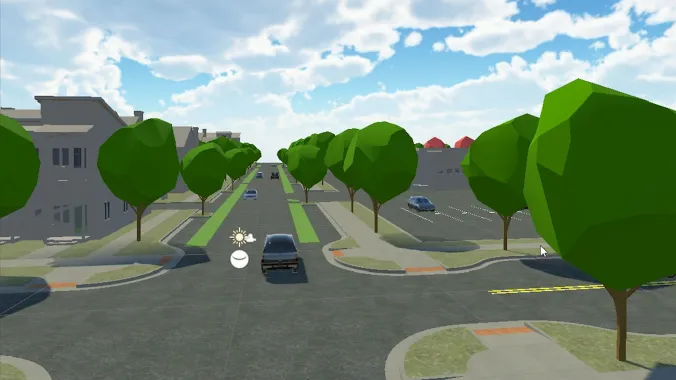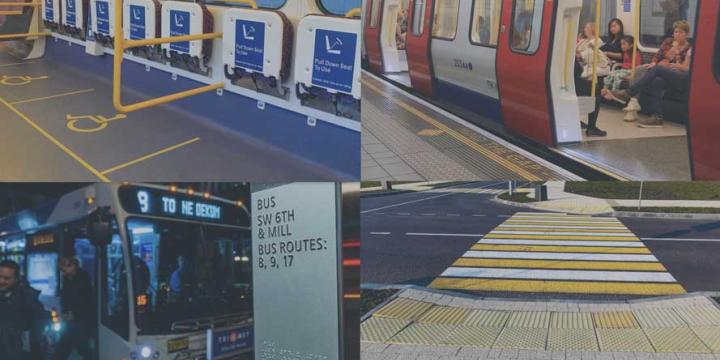Course Info
7 video lessons (64 Mins)
Published
2019-
4.48
Preview Course
Browse Course Chapters
-
1.Introduction
1 min
-
2.Jumping into Unity
13 mins
-
3.Materials and Color
8 mins
-
4.Improving Your Materials
16 mins
-
5.Sky and Background
7 mins
-
6.Integrating Steam VR
9 mins
-
7.Scripts and Course Wrap-Up
8 mins
What You Will Learn
- How to assemble a virtual reality application from scratch using Unity.
- How to create an easy-to-use and reuse virtual reality template.
- Understand the process of process adding features, SketchUp data, VR components, textures.
- How to implement scripts to easily toggle between variations of virtual reality experiences.
Course Description
Building on the skills developed in Virtual Reality for Planners 1 and 2, this course teaches viewers how to assemble a virtual reality application from scratch using Unity, a popular real-time 3D game development engine. This course provides a high-level overview of the process involved in creating a virtual reality application and details about how to make the process as successful as possible. Included in the course materials is a code template designed to assist planners in creating a VR environment without having to write a single line of code.
Starting with an empty unity project, course instructor Chase Mullen walks through the process of adding features, SketchUp data, VR components, textures, backgrounds, sky, and fine-tuning the creation of a virtual reality environment that can be used to facilitate a diverse set of planning initiatives.
The intent of this course is to create a simple VR experience in which a user can view an “existing” urban environment, and toggle between different levels of height or density. The models provided are intended to be somewhat generic and provide a framework with which to incrementally build a custom, unique virtual reality experience. By the end of this course, viewers will have the skills they need to create a virtual reality application from scratch in Unity.
Learn these skills
- 3D Modeling
- Civic Engagement
- Communications & Media
- Modeling & Simulation
- Technology
- Urban Design
- Virtual Reality
- Unity
- Trimble SketchUp
AICP CM
This course is approved for 1 AICP CM credit.
AIA CES
This is 1 LU.SACPLAN CPD
This course is approved for 1 SACPLAN CPD point.



























